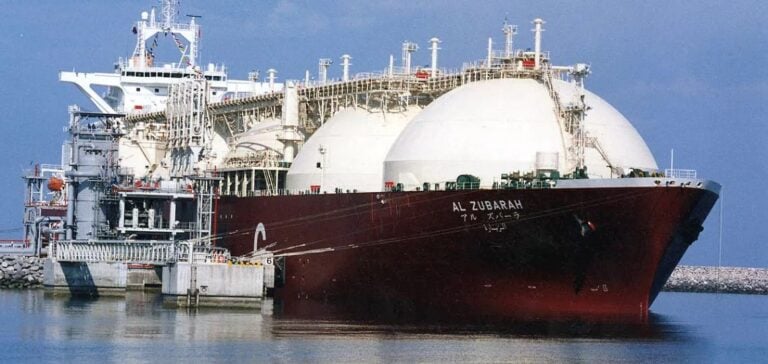Natural gas markets in the United States and Europe have seen significant increases, reaching their highest levels in a year. This trend is driven by distinct dynamics in each region.
Weather drives natural gas prices higher in the United States
In the United States, natural gas futures for December delivery surged by 5.10%, settling at $3.356. This increase is primarily due to weather forecasts predicting a drop in temperatures, particularly in the Western U.S., at the beginning of December, following an unusually mild autumn. This expected drop in temperatures, coupled with an anticipated cold snap in the Midwest, could boost natural gas demand for heating.
According to Eli Rubin, an analyst at EBW Analytics Group, this climatic shift triggered a price rebound, crossing key technical thresholds. Many speculators, who had been betting on a prolonged price decline, adjusted their positions, contributing to the upward trend. However, Rubin warns that this recovery could be short-lived, as U.S. natural gas stocks remain at historically high levels. Increased production, encouraged by higher prices, could also exert downward pressure on prices.
Geopolitics play a crucial role in Europe
In Europe, Dutch TTF futures, the benchmark for the continent, rose by 3.22%, reaching €48.303 per megawatt-hour (MWh). This increase, although partially linked to the onset of winter, is mainly attributed to geopolitical factors. Gazprom, the Russian energy giant, suspended deliveries to Austria due to a contractual dispute. Furthermore, military tensions between Russia and the West have intensified, with Moscow recently launching a ballistic missile in response to Ukraine’s use of American missiles on Russian territory.
A regionalized and unpredictable market
Unlike the oil market, the natural gas market remains highly regionalized, with price variations often diverging significantly between regions. This specificity complicates long-term trend forecasting for both markets, especially under current conditions.
Meanwhile, oil prices have also seen notable increases. Brent crude, the European benchmark, rose by 1.95% to $74.23 per barrel, while West Texas Intermediate (WTI) crude in the U.S. gained 1.96%, reaching $70.10 per barrel. These increases, though secondary, reflect a general upward trend in energy markets.






















